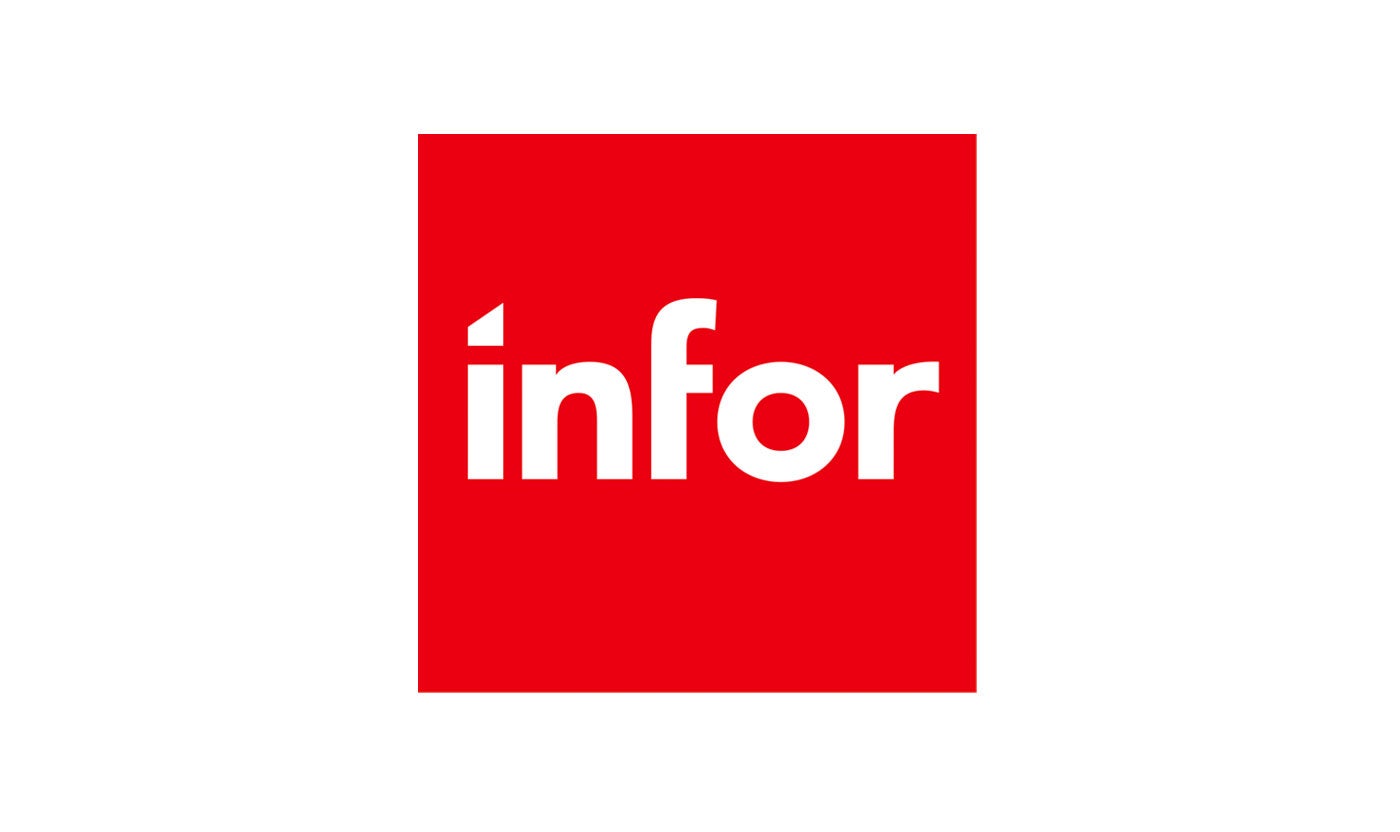





Accelerate hiring key talent to deliver care and exceed patient satisfaction.

Attract skilled candidates, speed up hiring and grow expertise in your workforce.

Simplify recruiting finance and banking talent with a platform for hard-to-fill roles.


Build a talent pipeline that engages and drives your business forward.


See how diverse and global enterprises use iCIMS to employ millions, drive innovation and connect communities worldwide.

Learn how a beloved restaurant hires 40,000+ annually with a great candidate experience.
Uncover unique market insights, explore best practices and gain access to talent experts across our library of content.


View press releases, media coverage, the latest hiring data and see what analysts are saying about iCIMS.


Streamline your tech stack and take advantage of a better user experience and stronger data governance with ADP and iCIMS.

The combined power of iCIMS and Infor helps organizations strategically align their business and talent objectives.

Our award-winning partnership with Microsoft is grounded in a shared desire to transform the workplace and the hiring team experience.

Our partnership with Ultimate Kronos Group (UKG) supports the entire talent lifecycle by bringing frictionless recruiting solutions to UKG Pro Onboarding.

When roles sit open for months, when new hires fail to show up, when promising workers quit in droves, do you ever start to wonder why? It’s tempting to blame at least some of these problems on the individuals involved. After all, it’s just plain rude to be a no-show on the first day of a new job. But it may have more to do with talent acquisition trends.
More often than not, the frustrations talent acquisition specialists face stem from or align with external forces. That open role you can’t fill? The talent you’re after may be in low supply. That new hire who’s no where to be found? She probably accepted a better paying job right before her start date. And those workers who keep quitting? The grass is always greener — especially when the hiring market’s hot.
It’s a natural response to look inward when you’re trying to get to the bottom of challenges like these. But sometimes you have to find out what’s going on outside of your organization before you can figure out your next move.
Getting up to speed on talent acquisition trends will help you pinpoint the forces behind your TA challenges. Staying on top of these trends will help you avoid those problems altogether. It’s the difference between playing catch up and staying ahead.
As you consider the trends shaping talent acquisition in 2023, remember that your competitors are, too. It’s not enough to know these trends are happening. To win the fight for skilled talent, your hiring process needs to anticipate what’s going on with talent now, and what’s coming next.

The current labor market features more jobs than workers. That means employers are scrambling to compete for talent, especially in industries experiencing higher job growth. Employers also face a tight economy. The bottom line? When it comes to talent acquisition, businesses need to do more with less.
Employers can maximize the value of every candidate touchpoint by personalizing their communications. A generic email blasted to masses of unknown, potential job seekers will not result in promising talent leads. But a message crafted to engage applicants on a personal, individual level will entice quality talent to apply.
Good candidate communications are marked by a personal touch, but that doesn’t have to leave TA teams cranking out handwritten notes or tailored invitations. Talent acquisition specialists can tap recruitment marketing automation tools to nurture talent at scale. These tools create and schedule email campaigns and track campaign effectiveness based on opens, clicks and applications. By sharing career opportunities, highlighting networking events and distributing company information, recruiters can uncover engaged job seekers and cultivate go-to talent pools.
With iCIMS Marketing Automation, Bupa Dental, a U.K.-based dental care network, transformed its unruly talent database into a defined pipeline of job-ready talent. How? Personalized email campaigns. Bupa Dental tailored its communications based on interaction and created a personalized email marketing automation workflow. As a result, its open rates soared as high as 82%.
As employers woo new talent, they’re also tasked with romancing current employees. Employee quit rates are on the decline overall, but they remain at historic highs, and the job seeker’s market gives workers confidence to make their move. As a result, employers fight to establish strong retention.
To decrease attrition, companies need to give workers a reason to stick around. One of the most effective ways to keep employees is to provide them with a new opportunity in house — before they look for it elsewhere. This strategy bolsters employee engagement, improves company culture and strengthens institutional knowledge, but it’s underutilized at most companies.
According to iCIMS’ 2023 Workforce Report, 87% of workers think about promotion opportunities, but only 42% think it’s easy to find open positions within their company. In fact, 58% of respondents find it difficult to do so. Nearly three-quarters of respondents say they don’t know how to progress in their careers. And fewer than 30% believe that if they work hard and apply skills effectively in their current job, they will be promoted to a better job with a higher-ranking title at their company.
To remedy this reality, talent acquisition specialists need to establish internal mobility. Internal mobility — the movement of employees within an organization — encompasses more than just promotions. It occurs whenever an employee moves to a new role, whether vertically or laterally.
Employers can begin an internal mobility program with a few simple steps:
With iCIMS career pages, the American Heart Association advertises project opportunities to internal employees. Employees learn about projects taking place across the organization and, after requesting to participate, work with new people and teams.
The last few years have seen the rise of laws requiring employers to include salary information in job posts. Companies in California, Illinois and Rhode Island, for instance, must disclose pay information when they announce opportunities on job boards and career sites.
But outside of the states and localities where pay transparency laws preside, many companies are choosing to be transparent about their pay practices, too. Nearly 75% of full-time postings on on Handshake, a job board dedicated to early career talent, include salary range information.
This trend is taking hold because candidates — especially young candidates — harbor growing expectations when it comes to pay transparency. According to iCIMS’ Class of 2023 Report, 43% of entry-level applicants would not apply for a job if the salary range wasn’t included on a job post.
To stay compliant and keep up with candidate expectations, employers need to understand what pay transparency laws demand and adjust their practices accordingly. According to Compa, an iCIMS partner that provides offer management software, the first step in this process is to build a strong relationship between TA and compensation.
When employers share salary ranges, they accomplish more than maintaining compliance and meeting candidate expectations. The business benefits of pay ranges include:
As employers strive to implement more transparent practices in compensation, they can also consider how transparency can align candidate and employer expectations elsewhere. For example: Generative AI has made its way into the hiring process, and 25% of college seniors have already used an AI bot to help write their resume or cover letter, according to the iCIMS Class of 2023 Report. Another 47% are interested in doing so. But 39% of HR professionals say the use of AI tech during the hiring process is a deal-breaker.
You can now identify some of the talent acquisition trends that may be behind your talent acquisition frustrations. You now know why candidates may be harder to find or why hires may be more likely to ghost you or why workers may be increasingly quitting. But this knowledge by itself doesn’t exactly make your job easier.
The key to long-term TA growth lies in creating a talent acquisition strategy that’s agile enough to anticipate external challenges and industry trends. Learn how iCIMS can transform your approach to TA with a platform that unites people, processes and technology.

Emily is responsible for overseeing iCIMS’ digital properties. A proud graduate of Northwestern University with a Bachelor of Arts in Communication Studies, Emily has more than ten years of collective branding and digital marketing experience, both in-house and at creative agencies. In her previous role, Emily was responsible for iCIMS’ own recruitment marketing efforts, and helped the company win its first ever Candidate Experience Awards, placing #1 and #4, respectively.
With a passion for all things recruitment, Emily served as a panelist at LinkedIn’s 2019 Northeast Talent Symposium for their “How to Recruit Like a Marketer” workshop, and was a featured columnist for RecruitingDaily’s five-part blog series, “How to Enhance Your Candidate Experience Strategy.” When not at work, she can be found lounging on the beach, backpacking through national parks and hanging out with her husband and four-legged furry son, Bodhi.




